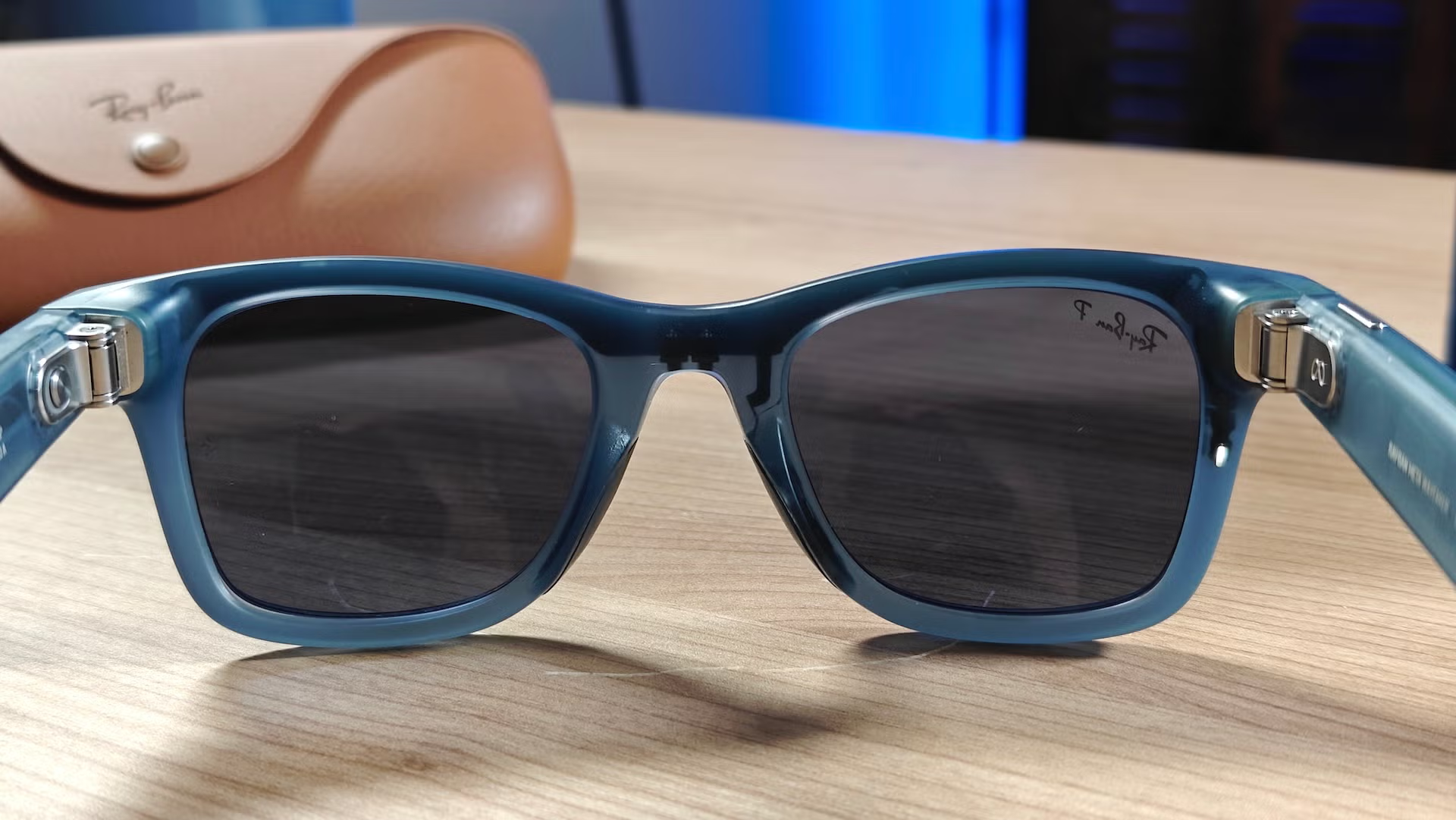Ray-Ban Meta Smart Glasses from Meta Could Reimagine AR with In-Lens Displays and Control via a Wristband
During Meta Connect, when Meta unveiled its prototype Orion smart glasses, CEO Mark Zuckerberg declared them ‘the most advanced glasses the world has ever seen.’ If this bold declaration worked as promised, it could be the advent of a new class of wearable technology that walks a fine line between practical and innovative.

The Evolution of Smart Glasses: From Ray-Ban to Orion
The Orion prototype is Meta’s audacious effort to combine the lightweight, fashionable nature of the Ray-Ban Meta smart glasses with the immersive features of the Meta Quest VR/AR headset in one package. The current Ray-Ban Meta glasses are sleek in design and valuable, but they can only interact through audio and basic photo or video recording. On the opposite end of the spectrum, Meta Quest’s augmented reality experience is firm, but, unfortunately, the product is too bulky to use in everyday life.
According to reports from the Wall Street Journal, Meta is now choosing to integrate a few of Orion’s features, like built-in zoom and voice, into the next generation of Ray-Ban Meta smart glasses. Also among the upgrades is a wristband controller for intuitive navigation and a “small in-lens screen” for augmented reality.
What to Expect: Gestures control the AR display.
A rumored in-lens display on the Ray-Ban glasses could bring a holographic interface with a pass-through display to interact with the environment. The wristband accessory, constructed to detect delicate hand gestures, could transform how we interact with wearable technology. A click might be a pinch of your thumb and forefinger, and your gaze might be a cursor.
These unconfirmed features align with Meta’s mission to help AR become more accessible. If they work, they could also make AR capabilities more practical in our daily lives, broadening the horizons of what smart glasses can do.
Challenges on the Horizon: Battery Life and Design
Adding AR functionality poses many problems, including battery life and design. Even during intensive activities like live streaming, the current Ray-Ban Meta smart glasses last about four hours, though that drops much faster. Adding an AR display and wrist integration will bring a higher power draw and raise concerns about how Meta will handle battery efficiency.
But equally critical is the challenge of staying as lightweight as possible while maintaining the glasses’ discreet design. This effort to add new hardware risks the glasses becoming bulky and running opposite their ‘normal’ design appeal. Prototypes are said to have used an external processing hub, or puck, which hints at one potential solution while causing others to worry about practicality.
Pricing and Accessibility: The Road Ahead
Another hurdle for Meta is cost. However, each pair of Orion glasses now costs around $10,000 to make (at least, so reports indicate), an unfriendly price point for consumers. Yet, as the technology matures and scales, it’s believed that production costs will come down, opening up the glasses to a broader audience.
Ray-Ban Meta Smart Glasses Incremental Innovations
As we wait for the next-gen stuff, the current Ray Ban Meta smart glasses continue to update with features such as translation AI and Shazam integration. These updates highlight Meta’s commitment to improving the product and staying current while building future blocks.
Final Thoughts
Ray-Ban Meta smart glasses with lens AR displays and touchless gesture-based controls are an exciting peek into what wearable computing might be like. Significant challenges remain, but Meta’s ambition to continue to be audacious and go after what users want is promising.
Tune in as we venture into 2025, the year before the next wave of AR looks to be launched. These Ray-Ban Meta smart glasses aren’t an AR device just yet, but they are good-looking and just one smart step toward making augmented reality part of everyday life.